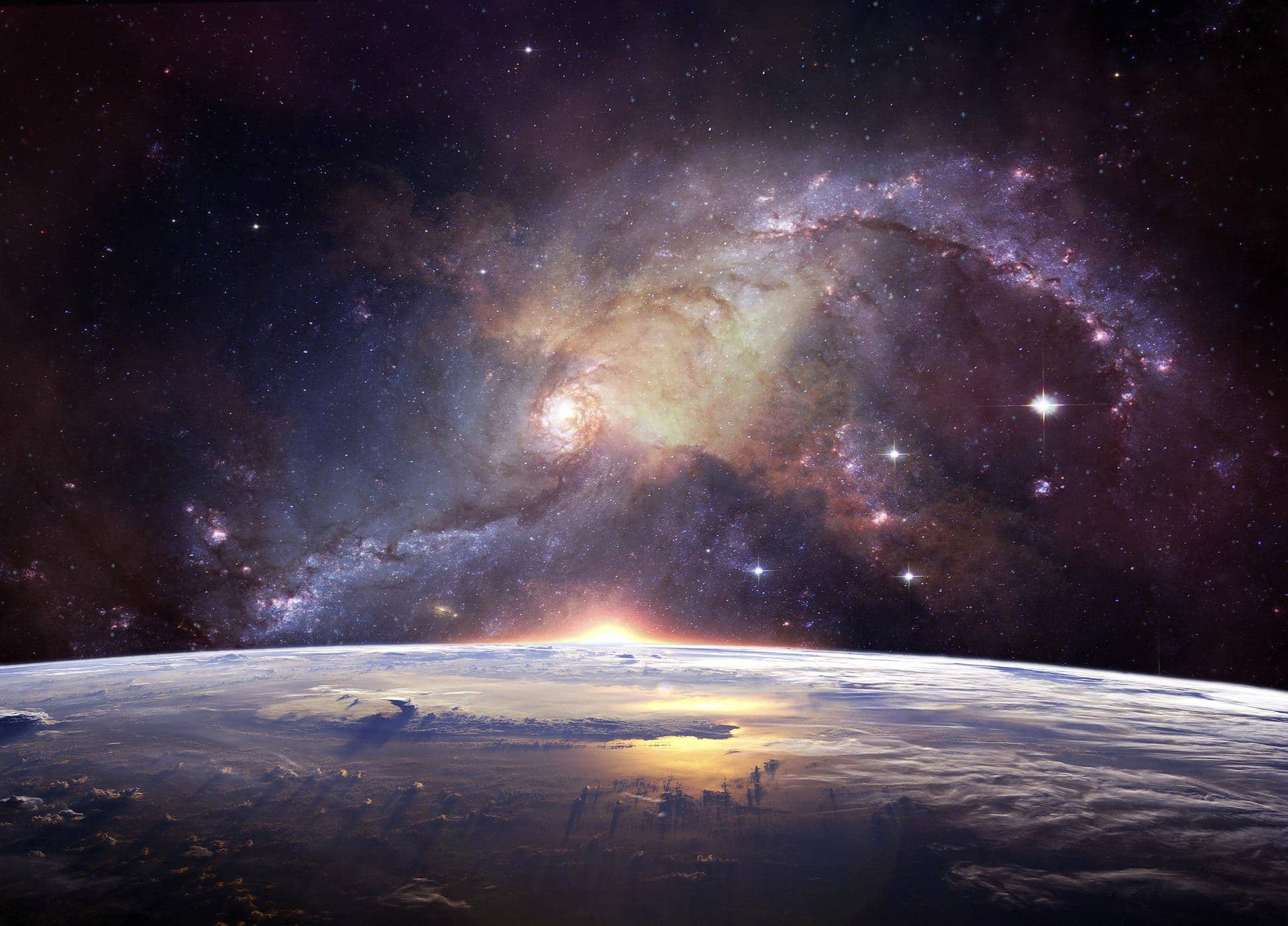The average life expectancy on the newly discovered potentially habitable planet, which is 100 light years from Earth, would be 3,158 years.

Another Earth?
A multidisciplinary team of researchers, under the direction of astrophysicist Laetitia Delrez, have discovered two planets circling the star TOI-4306.
About 6.5 times smaller and half as hot as our sun is TOI-4306.
The first planet is designated as TOI-4306b or LP 890-9b. It is only 2.7 days to complete an orbit around its star and is around 30% larger than the Earth.
The average lifespan on Earth right now is 73.5 years. As a result, TOI-4306b, which has a substantially shorter year due to its extremely brief orbit, would have an average life expectancy of 9,943 years.
Initial detection of this planet was made by NASA’s Transiting Exoplanet Survey Satellite (TESS). The TESS spacecraft is on a quest to find exoplanets around nearby stars. Exoplanets are typically planets outside our solar system.
Initial detection of this planet was made by NASA’s Transiting Exoplanet Survey Satellite (TESS). The TESS spacecraft is on a quest to find exoplanets around nearby stars. Worlds outside of our solar system are known as exoplanets.
The SPECULOOS (Search for Habitable Planets EClipsing ULtra-cOOl Stars) ground-based telescopes owned by the University of Liège were utilized to confirm and characterize this planet. Additionally, they use that telescope to look for any additional planets that TESS may have missed.
Since the SPECULOOS telescopes also have extremely sensitive infrared cameras, it is quite simple for them to make precise observations of these kinds of stars.
As a result, they were also able to find LP 890-9c, also known as SPECULOOS-2c, on another planet.
Is it Habitable?

This planet has an orbital period of roughly 8.5 days and is about 40% larger than the Earth. So you may have up to 3,158 birthdays if you happened to live on this planet.
Furthermore, because TOI-4306 is such a cool star, and though LP 890-9c is closer to its star than Mercury is to the sun, it implies that LP 890-9c may be habitable:
One of the researchers who contributed to the writing of the paper about these planets and assisted in its publication in the Astronomy and Astrophysics journal, Francisco J. Pozuelos, said:
“Even though this planet orbits very closely to its star, at a distance about 10 times shorter than that of Mercury around our sun, the amount of stellar irradiation it receives is still low, and could allow the presence of liquid water on the planet’s surface, provided it has a sufficient atmosphere.
“This is because the star LP 890-9 is about 6.5 times smaller than the sun and has a surface temperature half that of our star. This explains why LP 890-9c, despite being much closer to its star than the Earth is to the sun, could still have conditions that are suitable for life.”
This implies that these planets are excellent candidates for investigation by scientists in order to find any potential signs of life in their atmospheres. The second best target for investigation by the James Webb telescope right now is LP 890-9c.

